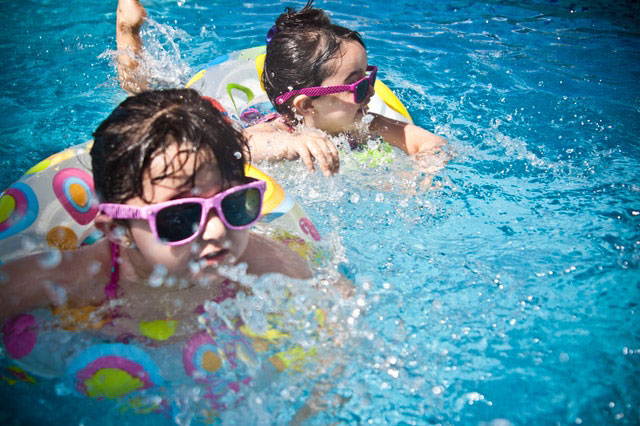
Summertime in Woodinville means backyard barbecues, baseball games, and floating down the river. This latter activity is a great way to beat the heat but can lead to a painful infection and temporary hearing loss should water become trapped in your ears. Be sure to remove built-up water before it leads to problems.
Seven Techniques for Removing Water
Water in your ears can lead to muffled sounds and a plugged-up sensation. This can lead to ear pain and discomfort, a loss of balance and coordination, tinnitus (ringing in the ears), runny nose and sore throat. If allowed to remain, you may develop surfer’s ear, swimmer’s ear or another condition that can lead to infection and hearing loss. That would turn what’s left of your summer into a bummer!
The following techniques are helpful in dislodging water from your ears and allowing it to drain.
- The Gravity/Jiggling Technique. Gravity doesn’t only help apples fall from trees onto the heads of young scientists; it can also cause water to drain from your ears. To help it along, lie down with your ear facing the ground, tilt your head and jiggle your earlobe. You can use a cotton swab to help the process along.
- The Valsalva Maneuver. Closing your mouth, plugging your nose and blowing it using modest pressure is a great way to help equalize the pressure in your ears, allowing water to drain. Scuba divers and airline travelers frequently employ this trick.
- The Vacuum Technique. Place the palm of your hand over your plugged-up ear and press down gently to create a suction effect. This should help loosen trapped water from your canals, allowing it to drain.
- The Hairdryer Technique. Turn your hairdryer onto its lowest heat setting and aim it at your ears (from a safe distance). This will help dry out the water in your ear, allowing it to evaporate and drain.
- The Pulling Technique. Try pulling on the outer portion of your ear by reaching around behind your head and giving it a good tug with your opposing hand. This straightens out your ear canal, giving trapped water a path in which to drain.
- The Chew and Yawn Technique. Any movement of the mouth will help reduce pressure in the Eustachian tubes, freeing water that is trapped. Chewing gum and yawning are effective ways to accomplish this (though we’re betting you can’t do both at the same time).
- The Chemical Technique. When all else fails, over-the-counter ear drops usually do a good job of removing moisture from your ears. Choose alcohol-based products for the best results.
To prevent water from getting into your ears in the first place, your Woodinville audiologist recommends wearing swim plugs or a swim cap and drying your ears thoroughly after any contact with water. This includes the backyard slip ‘n slide! Still can’t get rid of excess water in your ear canals? Schedule an appointment with a Washington hearing specialist.